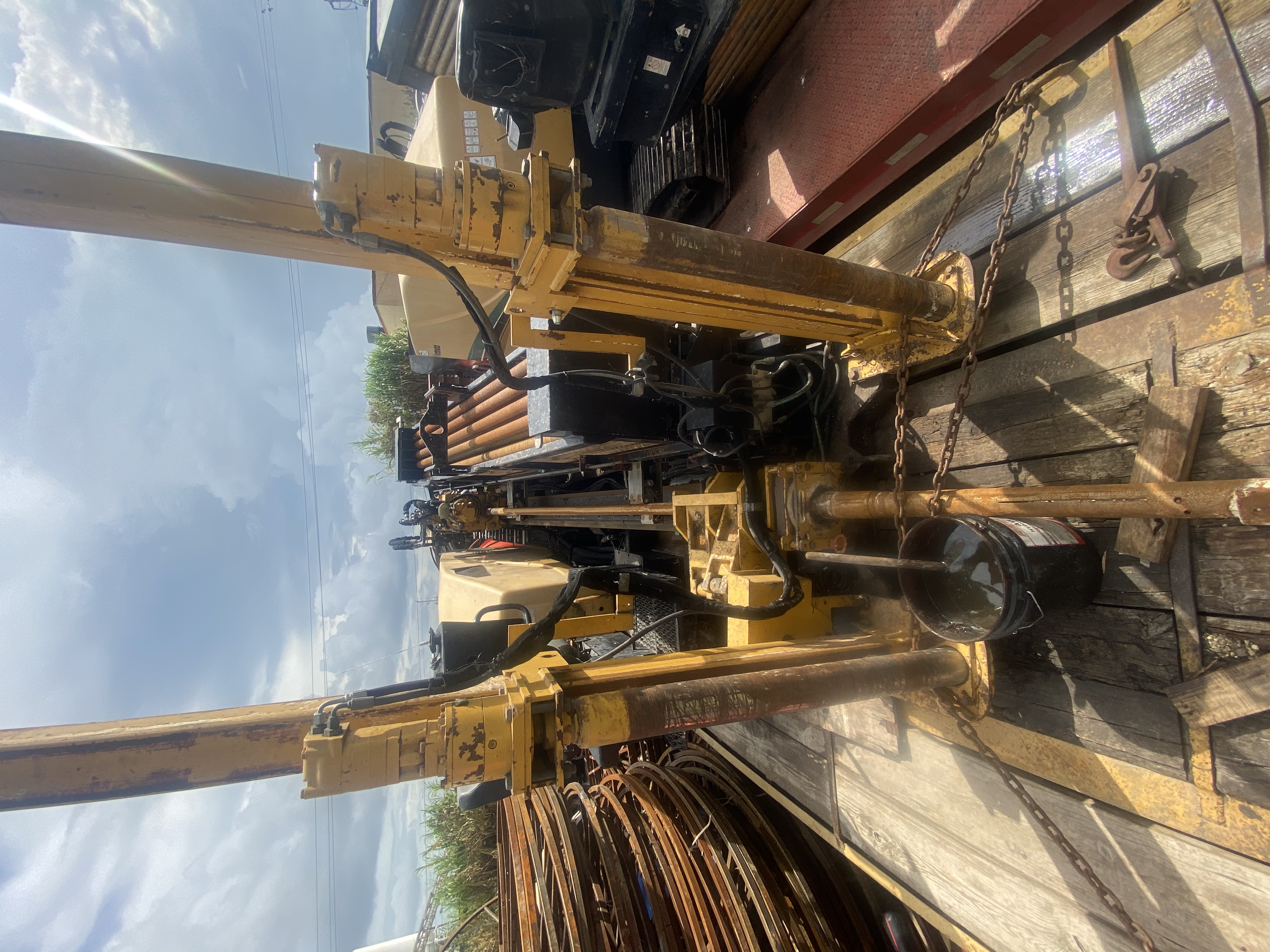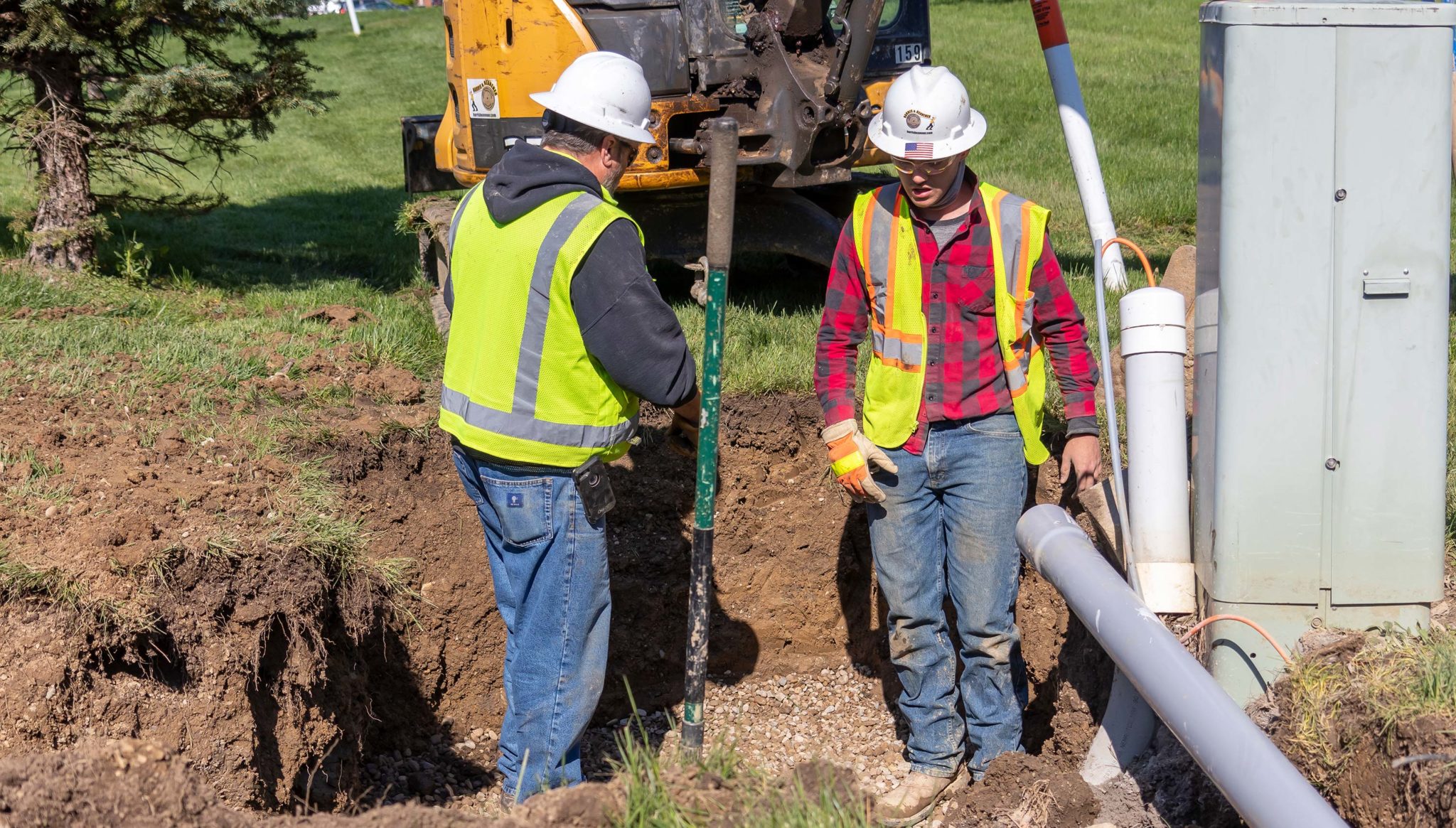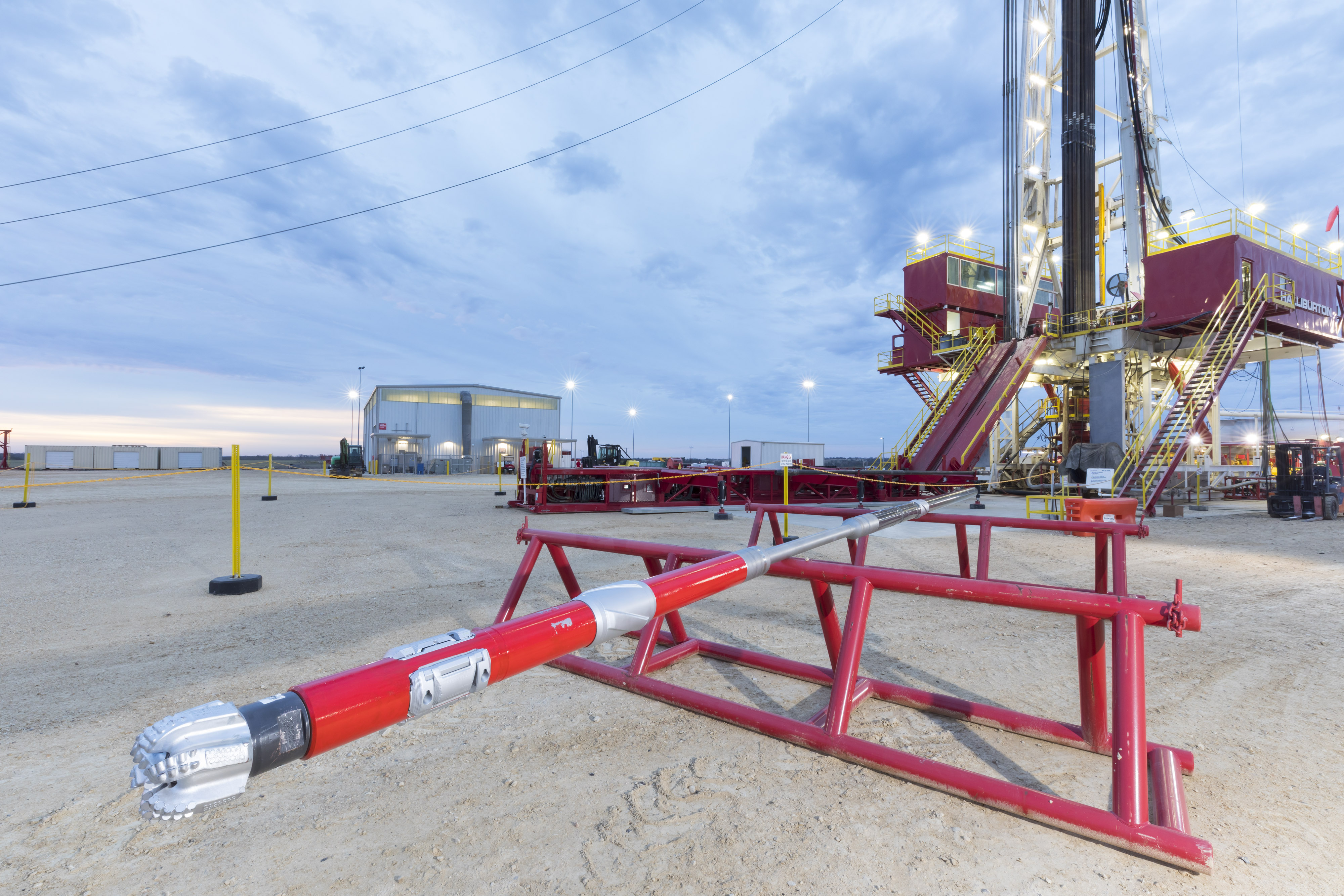
Horizontal Directional Drilling (HDD) is a proven process that involves specialized equipment. Working from prepared potholes away from busy roadways or sidewalks, directional drilling offers a smaller footprint while achieving the same results. Underground utility boring can be disruptive in such an environment, but horizontal directional boring offers an attractive solution. The Infrastructure Solution: Directional Boring There’s a complex web of electrical, cable and plumbing infrastructure underground, and documentation gets less reliable the further back in time it reaches. Before the new building can be erected, infrastructure must first be updated. This new building project is in the middle of it all, alongside decades-old infrastructure, roads and pedestrian routes. The new facility is an enormous undertaking, considering the campus has been built over the course of 50 years or more and the campus attracts thousands of visitors daily. Plans have been made for a new building project that will attract new students and staff.

Imagine managing new construction on a busy sprawling university or hospital campus. What Are the Benefits of Directional Drilling?

#DIRECTIONAL DRILLING INSTALL#
This process uses a directional drilling rig on the surface to install utilities along a path underground without digging open trenches for the entire utility length. What Is Directional Boring?ĭirectional boring (also referred to as horizontal directional drilling or simply directional drilling) is a minimal impact, trenchless excavation method.

While especially popular in busy urban centers, horizontal directional boring provides a non-invasive and low-impact way to install important infrastructure efficiently. Directional boring is a solution to a common construction challenge faced by developers the world over.


 0 kommentar(er)
0 kommentar(er)
